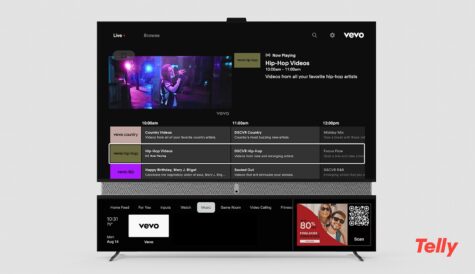Thomson launches cloud-encoding platform
Technology provider Thomson Video Networks has launched cloud-based version of its ViBE VS7000 encoder platform.
According to Thomson Video Networks, the virtualised version of its multi-screen and HEVC encoder is engineered to support cloud-based video processing for OTT and multi-screen deployments as well as traditional broadcasting. Powered by the MediaFlex OS video operating system, the ViBE VS7000 is part of Thomson’s Behind Every Screen infrastructure that leverages cloud resources as well as on-premises hardware and software.
MediaFlexOS provides a software layer for the ViBE VS7000 that enables live transcoding, branding, and other A/V processing functions in the cloud and on virtualised platforms, in addition to physical, on-premises resources. MediaFlex OS enables the ViBE VS7000 to create a cluster of servers, manage automatic load balancing and failover, and simplify integration of new software modules, according to Thomson. Operators can manage the system and deploy virtual machines from a single user interface. New audio and video codecs and features can be added by upgrading the ViBE VS7000 software.
According to the company, the load balancer in MediaFlexOS optimises physical, virtual, and cloud services and takes maximum advantage of all available ViBE VS7000 resources, avoiding problems such as a standard cloud-based approach taking several minutes to detect a virtual machine failure, launch a new virtual machine, and apply the configuration.
“With ViBE VS7000 operating in virtualized mode, our customers now have more flexibility than ever to deploy the next-generation video processing capabilities they need for today’s complex, multi-platform video delivery,” said Stéphane Cloirec, director of product management at Thomson Video Networks.
“Since the virtualised ViBE VS7000 is hardware-agnostic, operators are able to separate required functionality from hardware resources and reap all of the economic benefits of the cloud while ensuring broadcast-grade performance. For instance, adding a new channel is fast and easy; instead of having to wait for new hardware, operators can just launch a virtual machine and then deploy it when ready.”




